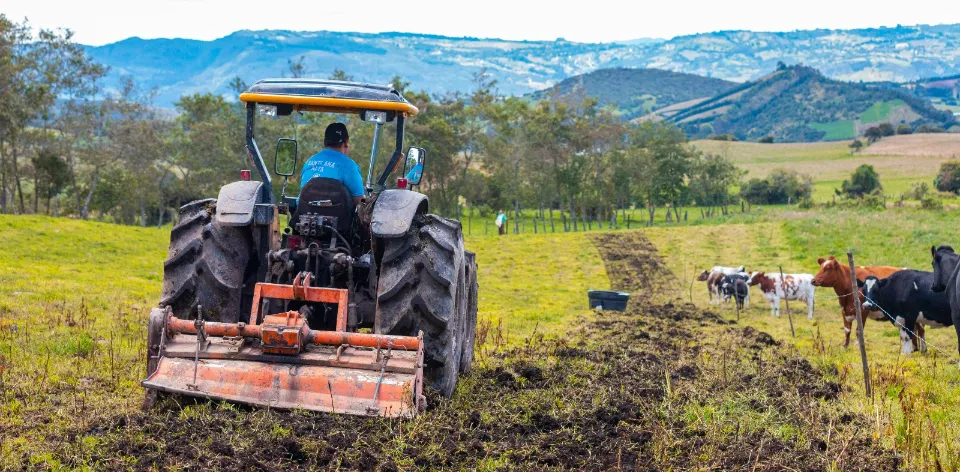 6/6/2024
6/6/2024
UPRA Works on Agrologistics Plans to Improve Regional and National Competitiveness

In Colombia, 71% of rural areas within the agricultural frontier are more than three hours away from major cities.
Bogotá D. C., (@UPRAColombia, @claudialili76). With the aim of improving competitiveness in the agricultural sector, the Rural Agricultural Planning Unit (UPRA) is working on the formulation of departmental agrologistics plans. Currently, a national plan has been formulated, as well as two departmental plans for Meta and Huila.
Dora Inés Rey Martínez, Technical Director of Social Land Use Planning and Rural Land Markets at UPRA, stated that "in agrologistics, we consolidate the identification of productive alternatives, the identification of production costs, the work done on zoning aptitudes, and there we collect and analyze how, in the logistics chain of the different production systems, this chain can be improved, whether in the production phase, in the generation of added value, in transformation, commercialization, or the final disposition of agricultural products to the consumer."
Camilo Correa, a UPRA collaborator, indicated that the agrologistics plans "generate guidelines to ensure traceability in the handling of cargo, information, and money in these supply chains, and generate policies and projects to improve the efficiency of all these processes."
One of the concerns is that in Colombia, 71% of rural areas within the national agricultural frontier are more than three hours away from major cities, which increases production costs and the final price of products for consumers.
The formulated agrologistics plans have four main thematic areas:
-
Institutional and regulatory framework
-
Human, social, and business capital
-
Infrastructure and services
-
Information technologies
It is important to highlight that RECIA, during its first phase, achieved 217 registrations in 16 departments, which will allow progress in the consolidation of information related to logistics service infrastructures, services and machinery for production, production inputs, transformation, storage and preparation, and finally, commercialization.

